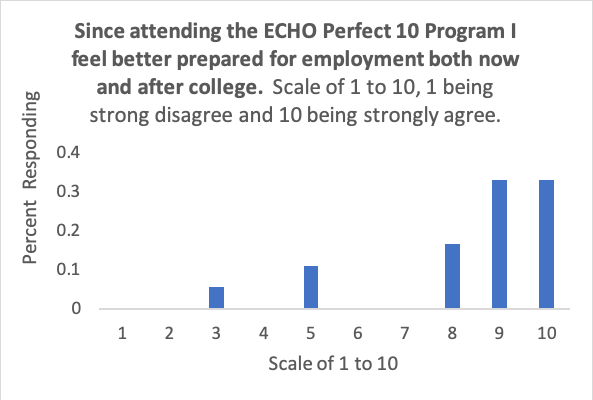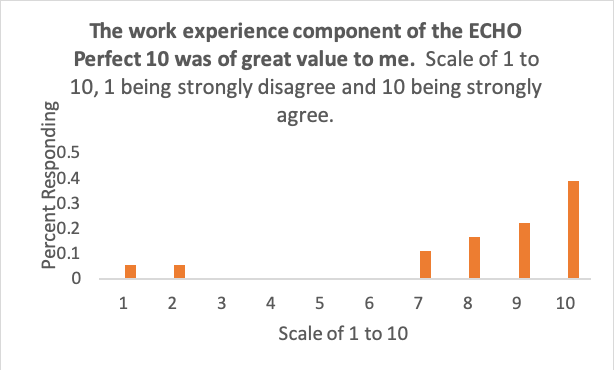Program Performance Measures
The following is a compendium of performance data for programs developed and administered by The Justice Education Center, Inc. These data were drawn from an array of performance and evaluation reports developed over the last few years. The data selected for inclusion provide a comprehensive picture of the Center’s program outcomes.
The Justice Education Center is committed to evaluating the effectiveness of these programs and using performance data for continuous improvement.
The Justice Education Center’s policy and program initiatives target children, youth, and young adults and stress character development, increased self-esteem, health, wellness and resiliency. For high school juniors and seniors, remediation, pre-apprenticeship technology training, college and employment preparation are key elements. These initiatives have been implemented across the state, particularly in large cities including Hartford, Bridgeport and New Haven.
The Center also coordinates the Bias Crimes Diversion Program for the Connecticut Judicial Branch. Unlike its other program initiatives, The Bias Crimes Diversion Program is a referral-based program which serves adults 18 years of age and over. Once a referral is made, a 10 part curriculum is provided which focuses on changing the bias behaviors and attitudes of the client.
The Justice Education Center staffs the Eyewitness Identification Task Force. In this capacity, The Center analyzes data on identification procedures used by Connecticut’s police departments in collaboration with the Police Officer Standards and Training Council. These identification policies and procedures are a part of a statewide reform package presented to the Connecticut General Assembly and signed into law in 2014.
The program performance data reported on the following pages are generally the most recent available. Some of the older data has been retained as it reveals more about the program that is not apparent from current data.
Program Performance Information
Overall
The Justice Education Center, Inc. coordinates an array of youth character development, career readiness and vocational training programs. The following chart shows the number of participants served in each program in the most recent program year.
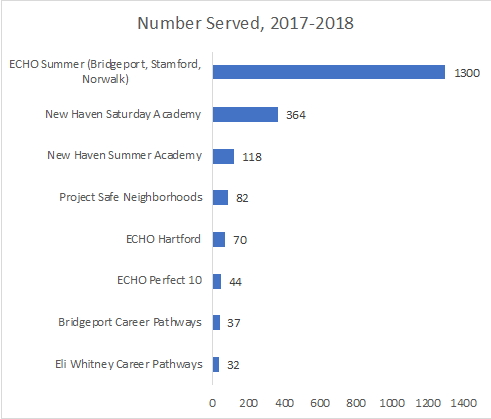
ECHO
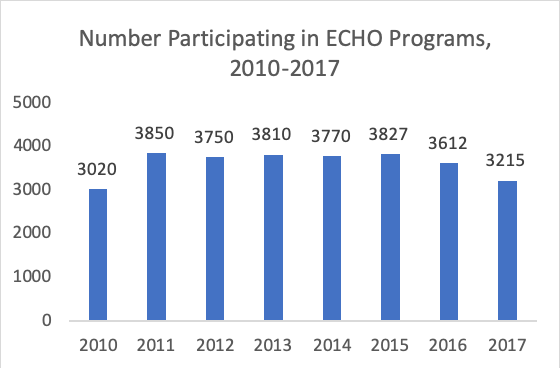
The above chart shows the number of participants in ECHO programs from 2010 to 2017.
A key component of ECHO is conveying core value messages in a safe environment. The vast majority of participants report that they feel safe while participating in ECHO.
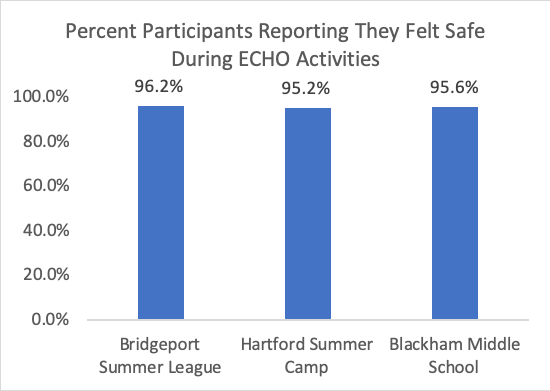
Career Pathways
The Justice Education Center
Career Pathways Programs Performance Summary
The career pathway programs operated in New Haven and Bridgeport provide work readiness, contextualized learning and vocational training, both during the school day (at Hillhouse High in New Haven) and after school (at Eli Whitney in New Haven, and Bassick and Bullard Havens in Bridgeport).
Career Pathways At Eli Whitney
Reduction in Absenteeism
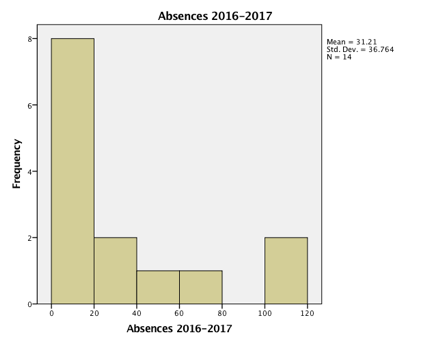
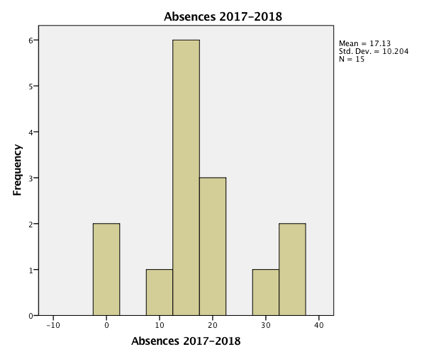
- Average number of days absent decreased from 31.21 to 17.12
Positive Change in Grades
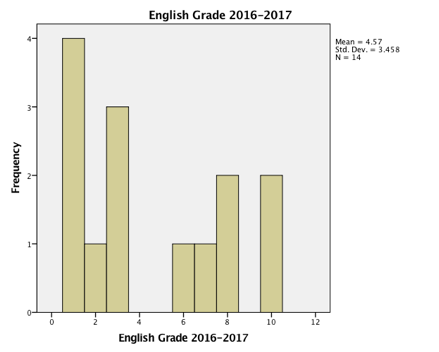
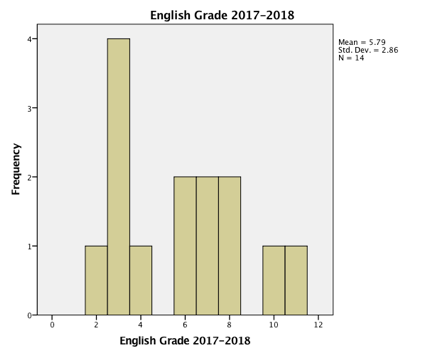
- Average English Grade increase 1.22 points.
- In 2015-2016, over half of the participants improved their reading grades and nearly half improved their math grades.
- On average, over half of the participants improved their school attendance.
- Only 20.8% of the participants had disciplinary incidents in 2015-2016; only two had incidents in 2016-2017.
- 72% of the participants in 2015-2016 and 2016-2017 received an OSHA 10 credential; 15.5% received a ServSafe credential.
- Of the 103 participants in 2015-2016 and 2016-2017, 49.5% were employed at follow-up, 36.9% were still in school; 9.7% were enrolled in post-secondary, and only 4 were not working or in school.
- 96.5% strongly or moderately agreed that they felt safe while participating the career pathways program
- 96.5% either strongly or moderately agreed that their career pathways experience will help them obtain future employment
- 96.6% either strongly or moderately agreed that their career pathways experience will help them succeed in vocational training or college
New Haven Summer Academy Program
The New Haven Summer Academy program provides 6 weeks of credit recovery, work readiness, and pre-vocational certifications. The intent of the program is to provide credit recovery opportunities and to serve as a gateway to school year Career Pathways programming as well as increasing academic success during the school year.
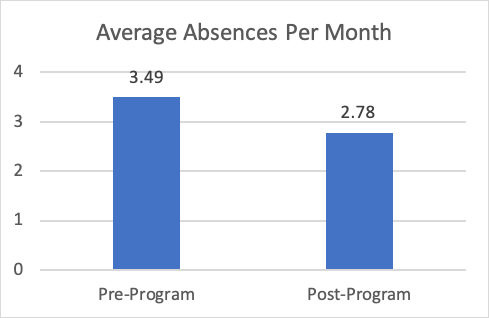
In 2015-2016, there was a clear reduction in average absences per month following the summer program. There was also a reduction in student disciplinary incidents following participation in the summer program.
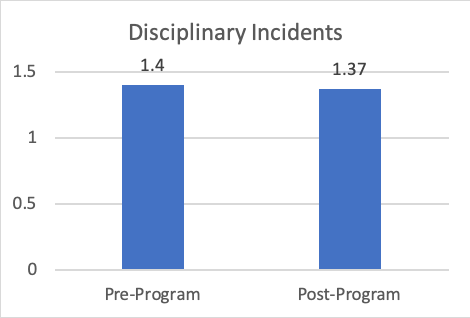
Summer 2018
Total Enrollment: 132
- Increased enrollment (more than double 2017)
- Additional courses offered
- Increased credits earned (59 total credits earned in 2018)
- 42 English Credits
- 17 Math Credits
- 2 Students continuing to work on Math credits
- Inclusion of rising and repeating 9th graders in 2018
- Bus Passes for all students
- 59 Credits Earned
- 7 OSHA10 Certifications
- 5 Serv-Safe Certifications
- 27 FA/CPR Certifications
- 27 students, or 25.2%, improved their English Grades from 2017-2018 to 2018-2019
- 24 students, or 22.4%, improved their math grades from 2017-2018 to 2018-2019
- 46 students, or 43%, improved their regular school attendance.
- The overall pattern of disciplinary incidents improved from 2015-2016 to 2018-2019 (more students with no incidents, fewer with more than 1), and 81.8 percent of students reduced their number of incidents from 2017-2018 to 2018-2019
Hillhouse Technology Corridor
Attendance
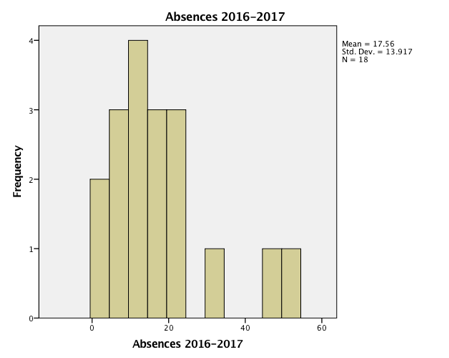
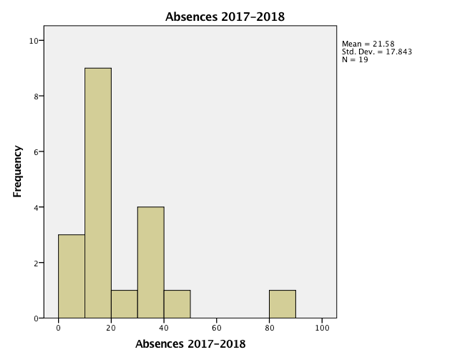
Improvement in Grades
- Average English Grade increased from 5.61 to 7.22 (from D to C-).
- Average math grade decreased from 5.44 to 5 (basically stayed a D).
- Number of students improving their English grade was 8, or 42.1%
- Number of students improving their math grade was 7, or 36.8%.
- 84.2% of participating students graduated.
Disciplinary Incidents
- 4 students had suspensions in 2016-2017; 4 students had suspensions in 2017-2018, while participating or after participation.
Credential Attainment and Credit Recovery
- All 19 earned additional credits toward graduation.
- 17 earned a credential.
Project Safe Neighborhoods
PSN 2014
The Connecticut Project Safe Neighborhood Youth Opportunity Initiative called in over 200 youth in Bridgeport and New Haven beginning in October of 2015. Of these approximately 200 youth that participated in call-ins, 133 were enrolled in the Career Pathways program, a program that provided educational remediation and vocational training after school at Vocational Technical High Schools in Bridgeport and New Haven.
| PSN Participants | Total Youth | |
|---|---|---|
| Of those with prior involvement (n=64) | 64 | |
| any subsequent justice involvement | 38 | 59.4% |
| arrested within 6 months | 18 | 28.1% |
| re-adjudicated within 6 months | 11 | 17.2% |
| arrested within 12 months | 31 | 48.4% |
| re-adjudicated within 12 months | 20 | 31.3% |
| Comparison Group | Total Youth | |
|---|---|---|
| Of those with prior involvement (n=19) | 19 | |
| any subsequent justice involvement | 10 | 52.6% |
| arrested within 6 months | 6 | 31.6% |
| re-adjudicated within 6 months | 2 | 10.5% |
| arrested within 12 months | 9 | 47.4% |
| re-adjudicated within 12 months | 6 | 31.6% |
- Of these 133 enrolled in Career Pathways programming,
- 94 (70.6%) received credits toward graduation.
- 56 (42.1%) received OSHA 10 certification
- 35 (26.3%) received CPR certification
- 28 (21.0%) graduated from HS (many were not yet ready to graduate)
PSN 2016
| Outcomes | Total Youth |
|---|---|
| Justice Involvement Prior to Enrollment | 29 (20.0%) |
| Justice Involvement Since Enrollment | 11 (7.6%) |
| Rearrested within 6 months | 7 (4.8%) |
| Re-adjudicated within 6 months | 2 (1.4%) |
| Rearrested within 12 months | 10 (6.9%) |
| Re-adjudicated within 12 months | 5 (3.4%) |
One hundred and forty-five (145) youth were recruited to take part in a PSN intervention designed to warn about the dangers of violent crime and gun possession, and provide subsequent services. On enrollment, 29 participants (20%) had justice involvement prior to enrolling in the program. Following the PSN intervention, the total number of youth with justice involvement since enrollment decreased to 11 participants (7.6%). A McNemar’s test determined that the difference in the proportion of justice involved youth pre- and post-intervention was statistically significant (p < .01). Although these figures do not control for time at risk in the pre- and post-intervention periods (as well as other possible confounding factors), they suggest that participating youth benefited from the PSN 2016 intervention. In addition, arrest and adjudication figures in the 6 and 12-month time periods are relatively low, considering PSN youth typically are higher risk and need than the Connecticut youth population.
ECHO Perfect 10
- 41 total students participated within the three-tiered approach of ECHO Perfect 10 in 2015. 27 completed Tier I/II. 37 completed Tier III.
- 47 total students participated within the three-tiered approach of ECHO Perfect 10 in 2016. 39 completed Tier I/II. 40 completed Tier III.
- 100% of the seniors participating in the program have graduated from high school.
- 4 graduated from Career in 2015. 8 graduated from MBA in 2015. 12 graduated from Kolbe in 2015.
- 2 graduated from Career in 2016. No seniors participated from MBA in 2016. 5 graduated in 2016
